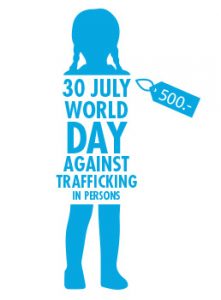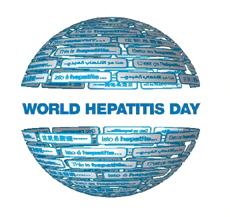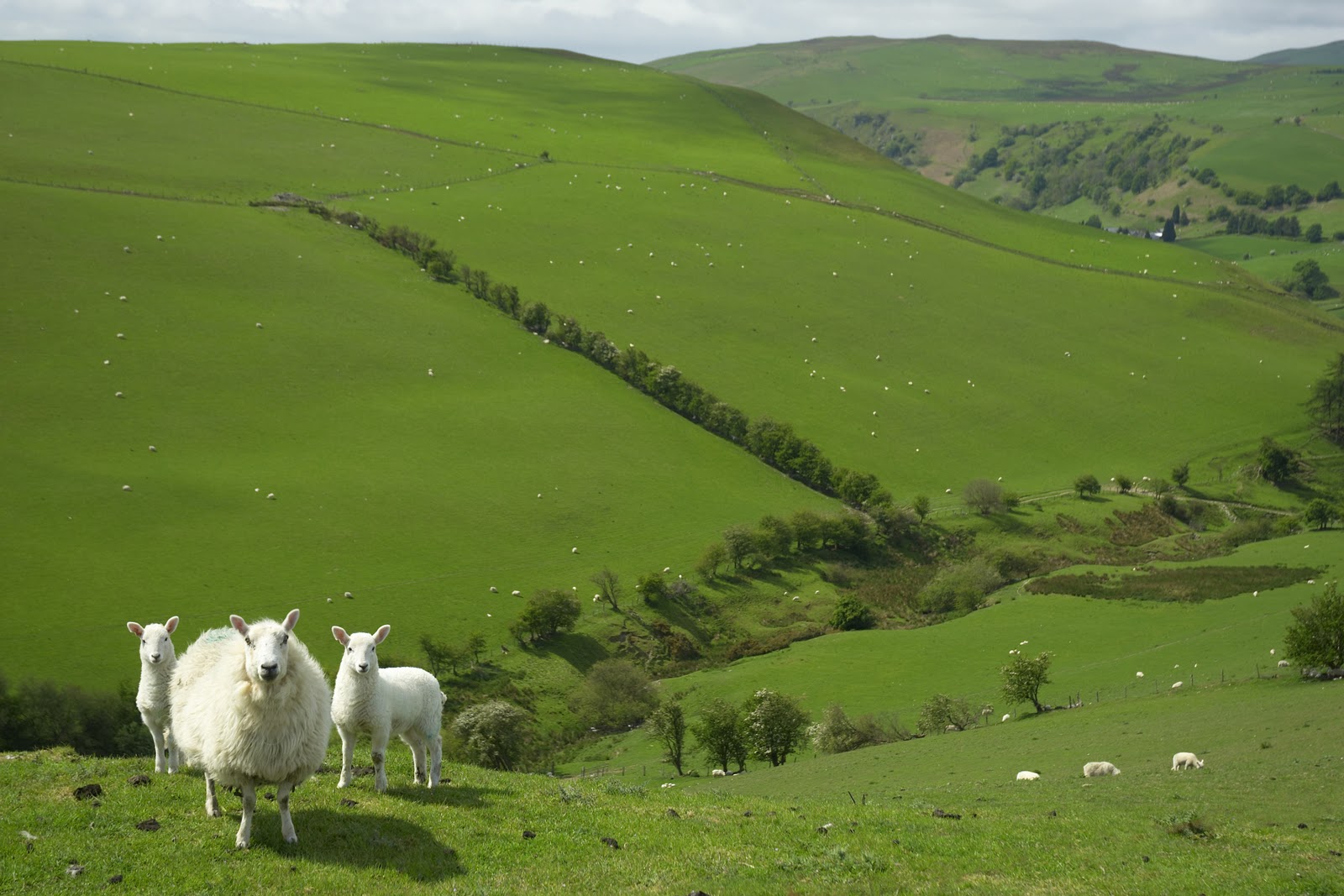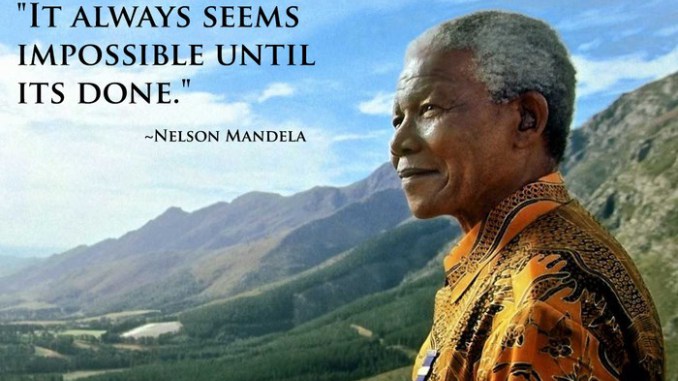 The theme for International Youth Day 2018 is Safe Spaces for Youth.
The theme for International Youth Day 2018 is Safe Spaces for Youth.
Youth need safe spaces where they can come together, engage in activities related to their diverse needs and interests, participate in decision making processes and freely express themselves. While there are many types of spaces, safe spaces ensure the dignity and safety of youth.
Safe spaces such as civic spaces enable youth to engage in governance issues; public spaces afford youth the opportunity to participate in sports and other leisure activities in the community; digital spaces help youth interact virtually across borders with everyone; and well planned physical spaces can help accommodate the needs of diverse youth especially those vulnerable to marginalization or violence.
Ensuring that safe spaces are inclusive, youth from diverse backgrounds especially those from outside the local community, need to be assured of respect and self-worth. In humanitarian or conflict prone settings for example, youth may lack the space to fully express themselves without feeling uncomfortable or unwelcome. Similarly, without the existence of safe space, youth from different race/ethnicity, gender, religious affiliation or cultural background may feel intimidated to freely contribute to the community. When youth have safe spaces to engage, they can effectively contribute to development, including peace and social cohesion.
Source : Text : UNDESA Image : unhabitat.org

 A fertile imagination can place before us wonderful situations that we could only dream of.
A fertile imagination can place before us wonderful situations that we could only dream of.
 In 2004 the assembly proclaimed the Second International Decade of the World’s Indigenous People (2005-2014). The assembly also decided to continue observing the International Day of Indigenous People annually during the second decade. The decade’s goal was to further strengthen international cooperation for solving problems faced by indigenous peoples in areas such as culture, education, health, human rights, the environment, and social and economic development.
In 2004 the assembly proclaimed the Second International Decade of the World’s Indigenous People (2005-2014). The assembly also decided to continue observing the International Day of Indigenous People annually during the second decade. The decade’s goal was to further strengthen international cooperation for solving problems faced by indigenous peoples in areas such as culture, education, health, human rights, the environment, and social and economic development. Recognizing him for who he is,
Recognizing him for who he is,

 The tiger is the largest of the world’s big cats and this magnificent creature, with its distinctive orange and black stripes and beautifully marked face, has a day that is dedicated to it. This was first celebrated in 2010 and was founded at an international summit that had been called in response to the shocking news that 97% of all wild tigers had disappeared in the last century, with only around 3,000 left alive.
The tiger is the largest of the world’s big cats and this magnificent creature, with its distinctive orange and black stripes and beautifully marked face, has a day that is dedicated to it. This was first celebrated in 2010 and was founded at an international summit that had been called in response to the shocking news that 97% of all wild tigers had disappeared in the last century, with only around 3,000 left alive.

 I wonder, yes, I do… how many people are aware that God himself offers us precisely that:
I wonder, yes, I do… how many people are aware that God himself offers us precisely that: